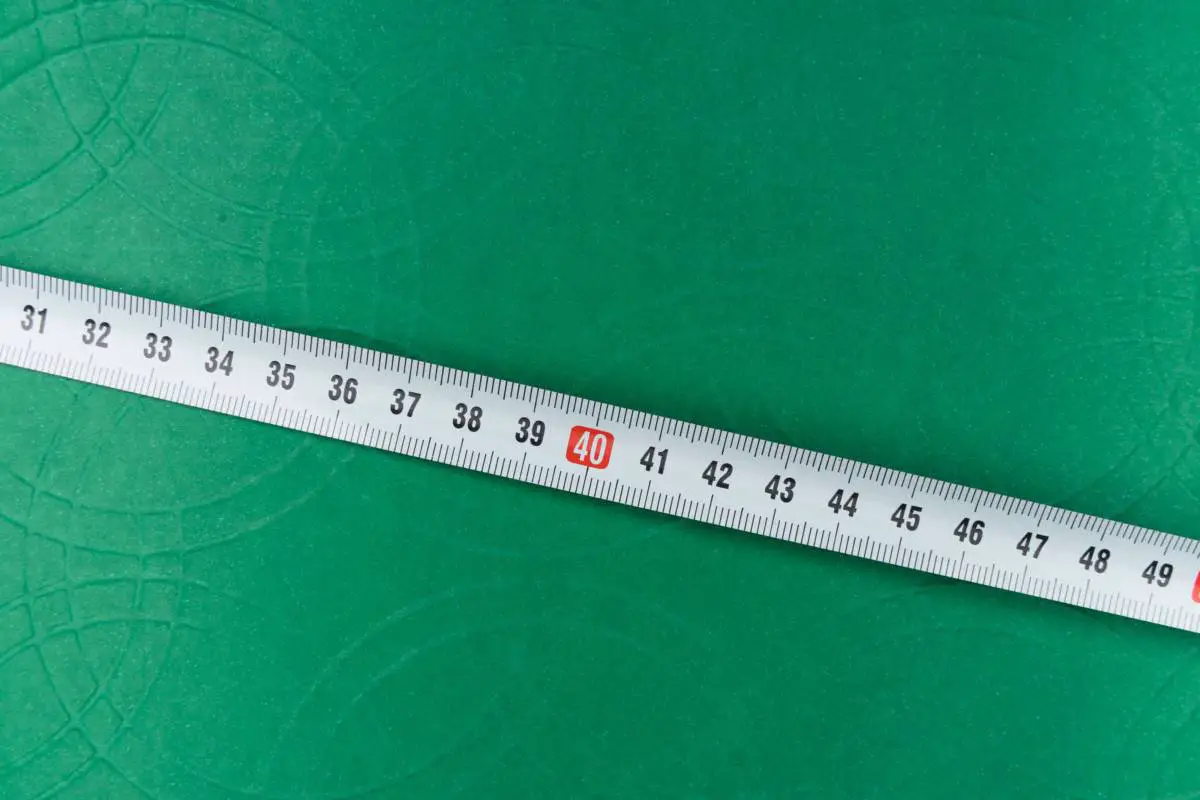Many sports fans debate if size contributes to the performance of an athlete. Hockey is no different when it comes to stature. Can hockey players be short?
Hockey players can be short. Since the 2004 NHL lockout, hockey has favored quicker, faster players. If you are short, your center of gravity is lower, favoring speed. The current state of hockey still brings a physical approach, but the rule changes in 2004 lend a hand to short players.
The average height of an NHL player is 6′ 1.” What value do short players bring to the game?
The Short Advantage
If hockey lends it’s hand to short players, what is the advantage? In short, speed and quick reflexes will make you very successful in hockey. Because of the rule changes (we will go over later) as a result of the lockout in 2004, smaller hockey players could skate up and down the ice without being impeded or held by opposing players.
If you think about a tall frame and a shorter person, why can the shorter one move faster? This is not a science lesson, but the takeaway is simple. The less mass you have to move, the faster you can move it. The other side of the coin is taller people can have more muscle mass on their body, allowing them to move their bigger limbs faster. While they have more room to store muscle, the game of hockey is all about quick bursts of speed and being sharp with your movements.
Because the game is about starting and stopping very quickly, smaller players have the advantage to get to top speeds quicker and slow their bodies down faster. If you think about soccer or football, where athletes might be sprinting 50 yards at a time, size fits into their equation of finding the right body type differently. NHL rinks are about 65 yards long, and rarely is someone skating from end to end.
When you are low to the ice and your legs are stretched out striding back and forth down the ice, it is hard to knock you over. When someone comes to knock you off the puck your balance will be good because you are low to the ice. If you have great balance and someone pushes you, your skates keep going because of the lack of friction between your skates and the ice unlike when you are walking or running. Think of the phrase ‘top-heavy.’ A short, strong hockey player is the exact opposite of top-heavy.
Does Size Matter in Hockey?
Size does not matter in hockey. Most people asking this question are referring to the question- “Do I need to weigh a certain amount or be a certain height to play the game?” Not at all. The player must use what body frame they have been given to maximize their skill. I wrote a whole article about this topic.
In one sense, size does matter- but is all about how you use your size. There is no weight you need to hit or height you need to attain for a chance to reach the best leagues. Before 2004, the answer would have been different. What matters is putting the puck in the net, defending a player from getting to the front of the net, or making the next pass.
You have your outliers of hockey height, with Zdeno Chára being around 7′ tall with his skates on, or Nathan Gerbe coming in at 5′ 4″ (not sure if that includes skates or not). If you look at the draft every year, players over 6′ 5″ are not coming into the game as much as they used too. If you are short, you have to hold your own along the boards in your offensive zone. If you can accomplish that, you will do just fine in hockey.

What Rules Changed in the 2004-2005 NHL Lockout?
In 2004, the NHL canceled their season, to the devastation of fans. As a result, many things changed that year including a few rules. Interference, hooking, holding, and unsportsmanlike conduct have always been rules in hockey. Among many other needed changes that year, these rules were under heavy scrutiny. These types of infractions have been around since the start of hockey, but referees were very lenient in calling the penalties.
In reference to interference, hooking, and holding, bigger players obviously have the advantage. No matter how fast you are, if I can get in your way and hold you or interfere with you (playing the body instead of the going for the puck), then I will be successful at defending you. With the NHL giving these rules more attention, play quickly shifted from a big physical presence to a faster one.
With the new emphasis on these rules, players would have to skate to the puck and take possession of it instead of holding onto or getting in the way of another player before going for the puck. This has changed the course of how the game is played and certainly affected the types of players you see come into the NHL. It has taken many years to convert the game to a more fast pace, skill-oriented competition, but the NHL enforced these rules because they wanted to make the game more face-paced and entertaining to fans.
The game is rough by nature, but NHL tried to make it safer by placing heavier consequences on plays that jeopardized player safety or the integrity of the game. Unsportsmanlike conduct covers a variety of illegal actions, from a hit to the head, spitting on other players, a dirty lower body hit, trashing the officials in a press conference, or anything the refs deem as unsportsmanlike. All such actions are video reviewed by the NHL’s operation office.
According to NHL.com, the unsportsmanlike conduct consequences put in place in 2005 are as follows:
“The first such incident will result in a warning letter being sent to the player. The second such incident will result in a $1,000 fine. The third such incident will result in a $2,000 fine. The fourth such incident will result in a one-game suspension. Public complaints or derogatory comments toward the game also will result in fines.” Article Published July 22, 2005, and can be found here.
Shortest NHL Players
How short are the smallest NHL players? The shortest players that have made an impact in the league are around 5′ 5″. One of the more famous players for his height, Henri Richard, won the Stanley Cup 11 times. Scoring 358 goals in 1,256 games, Henri measured 5’7″ tall and is considered one of the best short players to ever play the game.
In today’s game, players like Brad Marchand and Marc-Andre Bergeron make a serious splash in the league. Both players listed at 5’9″, and they have impacted the game far more than anyone expected. Many all-star games and awards later, both skaters have not let their height slow them down at all.

Goalies are a different story. There are trends over the years relative to height and how success relates, but no data supporting height influencing goalie success. There are two goalies currently listed at 6′ 7″. Bigger is not always better, as the same reflex rules apply to goalies. Goalies are more concerned about being in the right position at the right time and reacting quickly. The shortest goalie on record to play in the NHL was Roy “Shrimp” Worters. Standing 5’3″, He boasted an impressive 2.27 goals-against average and an awarded a Vezina Trophy.
Small players can still pack a punch. Here are some examples of short players holding there own.
What Hockey Skills Should I Improve on?
As it pertains to height, if you do not have a big frame that can push people around, be the fastest skater on the ice and most diligent with the puck. I wrote an article Does Size Matter in Hockey, and I talk through what the top 10 skills to work on as a player. A few that pertain to size is your skating technique, puck handling, passing, and agility.
A great way to do that is to get a few tools to help you. Hockey Shot has many resources, and I encourage you to look at their selection of training tools. Whether it’s skating, shooting, passing, or training, they have simple products to help you get started. Find out more information here.

